SV240 Multi-Narrowband Filter Reviews
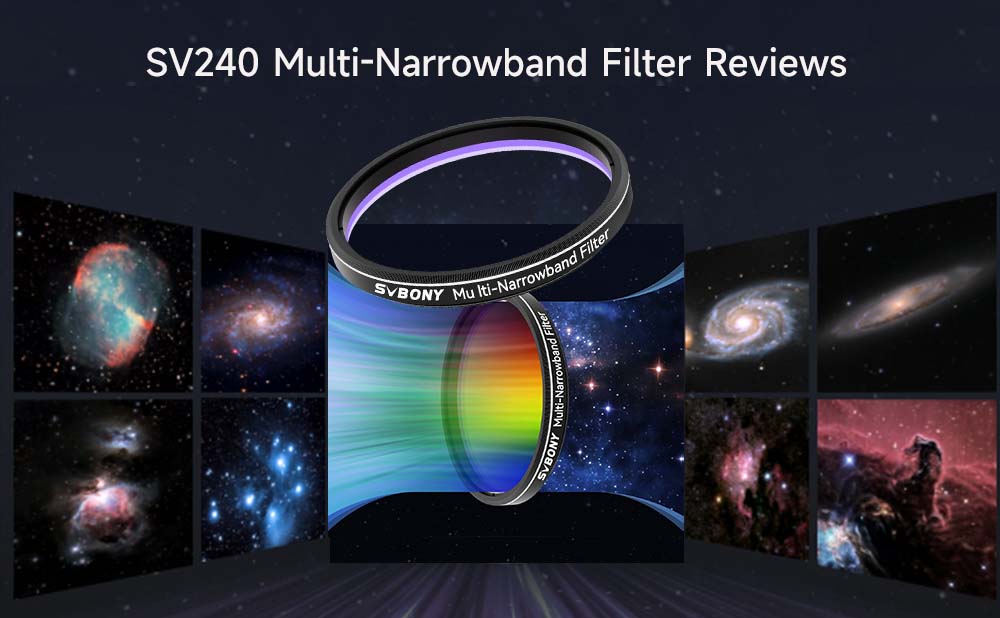
SV240 Multi-Narrowband Filter Reviews
The SVBONY SV240 multi-bandpass filter is specifically designed for urban astrophotography, efficiently isolating the Ha, OIII, and H-Beta emission lines from background light pollution. This allows you to capture high-quality astrophotos without the need to travel to rural areas, saving time while maintaining high efficiency.
The filter effectively blocks light pollution and unwanted artificial lighting, making it suitable for use in urban environments classified as Bortle Class 1 to 8. With a transmission rate exceeding 90% for key emission lines from celestial bodies, including Hα, OIII, and SII, the SV240 ensures that you capture the most vital information necessary for photographing galaxies, reflection nebulae, emission nebulae, star clusters, and more.
The High Performance of the Light Pollution Reduction Filter:
- Cut-off Depth: ≥ OD4
- Wavelength Range: 300 nm – 1100 nm
- Compatible with Bortle Class 8
- High Transmission Rate
Let's have a look at what our client said. The following information was provided by Leo Yu and taken from Facebook, thanks for sharing:
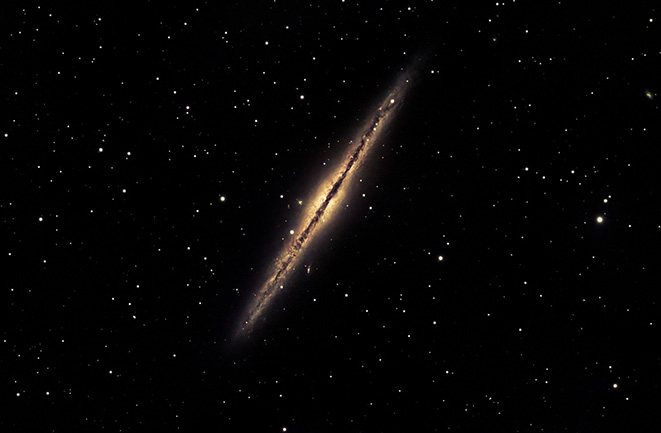
NGC 891 the "Silver silver" Galaxy is about 32 million light years away - 4 hours of integrations from 1 night
"This photo at first glance may seem nothing special..... but it was actually taken in abysmal condition!
1) This is imaged from a very bright suburb.... bortle 8 some may say even bortle 9
2) It was a night with a quarter moon
3) ok ok you may think 1+2 was nothing unusual... the kicker is that this was through the thick smog from the wild fire smokes!.... see the weather forecast and actual satellite image of the smoke condition. and for DSO transparency is much more important than seeing.... and I would say the rating was BELOW poor.... polaris was barely visible with AVERTED vision.
How......? This is taken with the SVBONY new SV240 filter...... its a very interesting design.
If the Optolong L-eXtreme dual narrowband filter have a love child with a UHC filter and IR pass filter, you would get the SV240
instead of 7nm bandgap of a typical dual band filter
It has 24nm for the OIII, 20nm for Ha, and 115nm in NIR
The wider bandgap is a good compromise to be able to capture what would normally be broadband DSO but still be able to filter out most of the light pollutions.
It will still function as a dual narrow band filter on emission DSO, I will try to post some examples later. I tried it with the veil nebula before and it works great for HOO Of course it is not quite as good as the L-eXtreme, I would say the difference is about 80-90% there but that's expected with the wider band gap
Its a neat 3-in-1 able to image both broadband and narrowband....
What about the IR-pass portion? I have not been able to use that part as it is a function for camera with integrated guide sensor like the ASI2600mc DUO. where the guide camera is sensitive to IR and the IR pass portion help make guiding easier but I don't have a similar camera
Seem great for folks who are starting to get into filters but dont want to buy too many filters."
Summary
This SV240 filter combines features of dual narrowband and UHC filters, offering flexibility with a wider bandgap of 24nm for OIII and 20nm for Ha, along with 115nm in NIR. While it may not rival dedicated filters like the Optolong L-extreme, it captures both broadband and narrowband targets effectively.
The SV240 Multi-Narrowband Filter takes advantage of high transmission rates in the near-infrared region to create a new filter tailored for photographing not just nebulae and star clusters, but also galaxies. It has been optimized for the latest cameras (like the IMX585 and IMX464), which excel in this spectrum and are less affected by artificial light pollution. The filter's spectral design maintains good color balance, facilitating easier post-processing management while enhancing the signal-to-noise ratio (S/N) and contrast.
If you're looking to dive into astrophotography without investing in multiple filters, the SV240 is a great choice—especially at half the cost of alternatives like the IDAS GNB. Ideal for beginners and seasoned astronomers alike!
With the SV240 telescope filter, there's no need to combine multiple filters to achieve colorful images. It is compatible with 99% of optical products and supports faster optical systems with focal ratios down to f/2, delivering superior performance.
Real-World Starry Sky Tests
We've tested the SV240 astronomy telescope filter under challenging conditions:
M13
Equipment: SV550 122mm APO + 0.8x Flattener/Focal Reducer + SV405CC DSO Color Camera + SV240
Before / After comparisons show the significant enhancements achieved with the SV240.
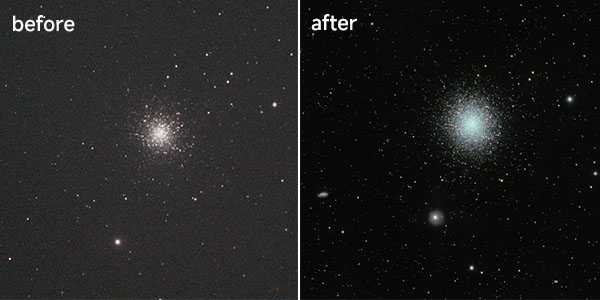
M31
Equipment: SV550 122mm APO + 0.8x Flattener/Focal Reducer + SV405CC DSO Color Camera + SV240
Again, remarkable results were captured.
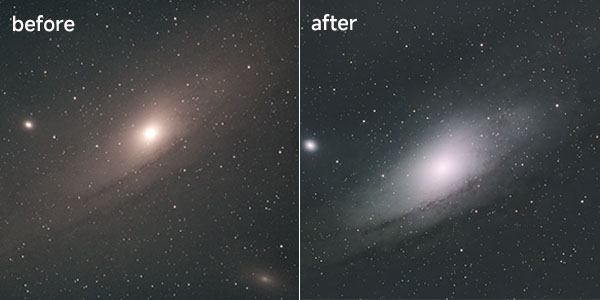
NGC7000
Equipment: Meade LX200 8 inch SCT + 1.4x Barlow Lens + SV405CC DSO Color Camera + SV240
The filter excelled even in difficult environments.
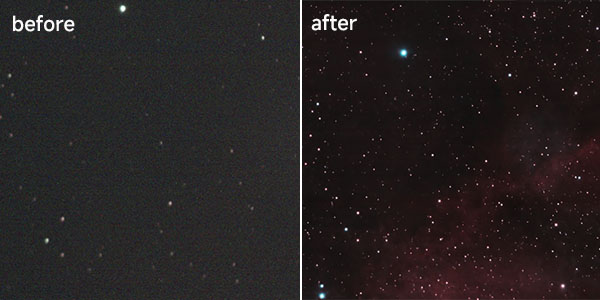
Important Notes:
Halo Phenomenon: Optical filters utilizing infrared often experience halo effects in the near-infrared region. Using this filter with APO refractor telescopes or reflecting telescopes is recommended to avoid issues associated with ED lens telescopes.
For Urban Observers: Especially in areas with severe light pollution, pairing the SV240 astrophotography filter with NIR-enhanced sensors (like MX585 or IMX464) will yield optimal results.
Conclusion
Whether you’re shooting nebulas, star clusters, or galaxies, the SV240 Multi-Narrowband Filter promises to enhance your astrophotography experience, even in challenging urban conditions.
Explore the universe today with this innovative tool!








